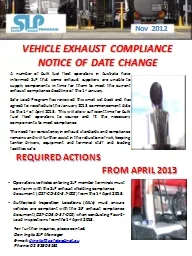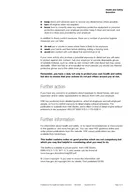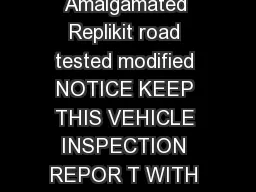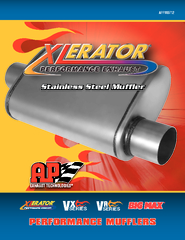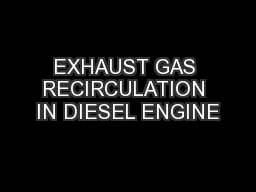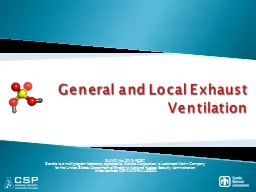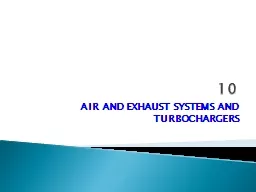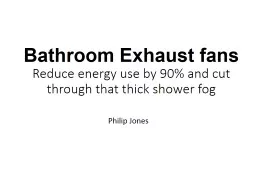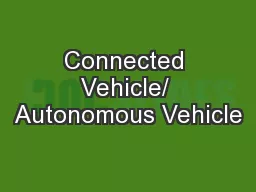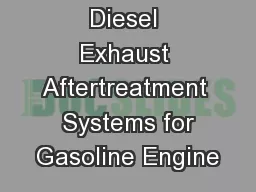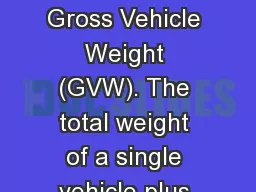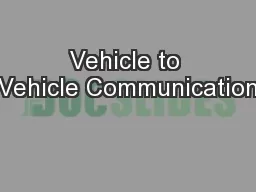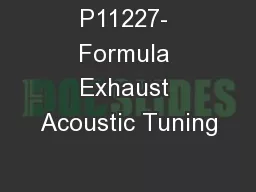PPT-VEHICLE EXHAUST COMPLIANCE
Author : min-jolicoeur | Published Date : 2017-12-10
NOTICE OF DATE CHANGE For further inquiries please contact Don Inglis SLP Manager Email dinglissafeloadnetau Phone 02 9250 5161 REQUIRED ACTIONS FROM APRIL 2013
Presentation Embed Code
Download Presentation
Download Presentation The PPT/PDF document "VEHICLE EXHAUST COMPLIANCE" is the property of its rightful owner. Permission is granted to download and print the materials on this website for personal, non-commercial use only, and to display it on your personal computer provided you do not modify the materials and that you retain all copyright notices contained in the materials. By downloading content from our website, you accept the terms of this agreement.
VEHICLE EXHAUST COMPLIANCE: Transcript
Download Rules Of Document
"VEHICLE EXHAUST COMPLIANCE"The content belongs to its owner. You may download and print it for personal use, without modification, and keep all copyright notices. By downloading, you agree to these terms.
Related Documents

